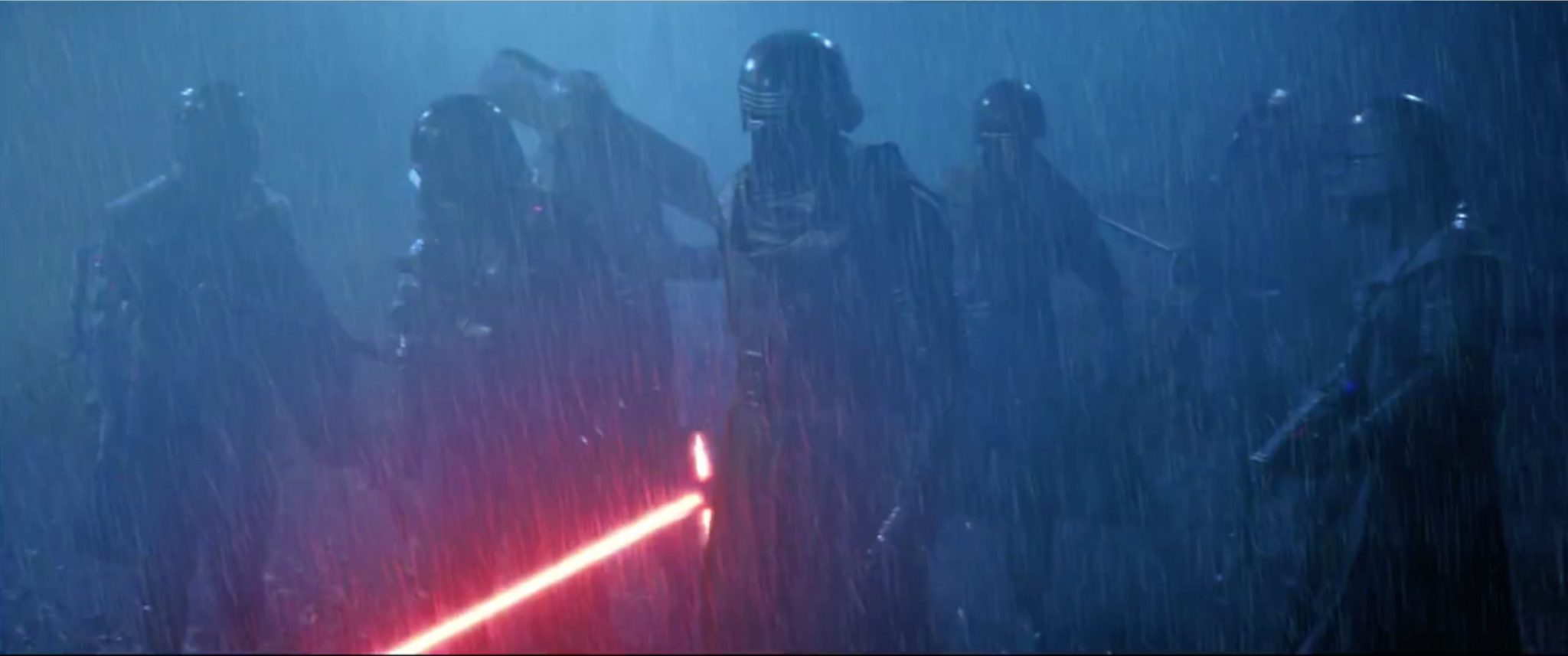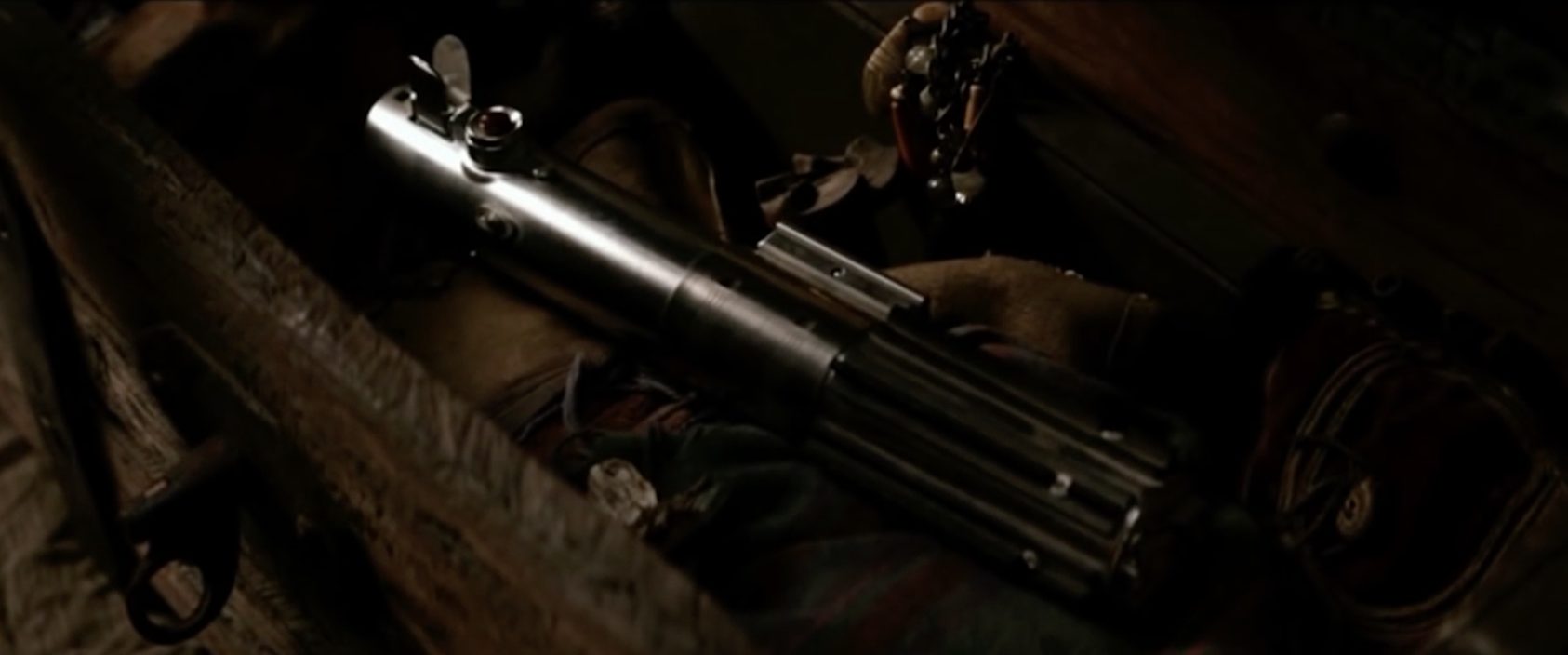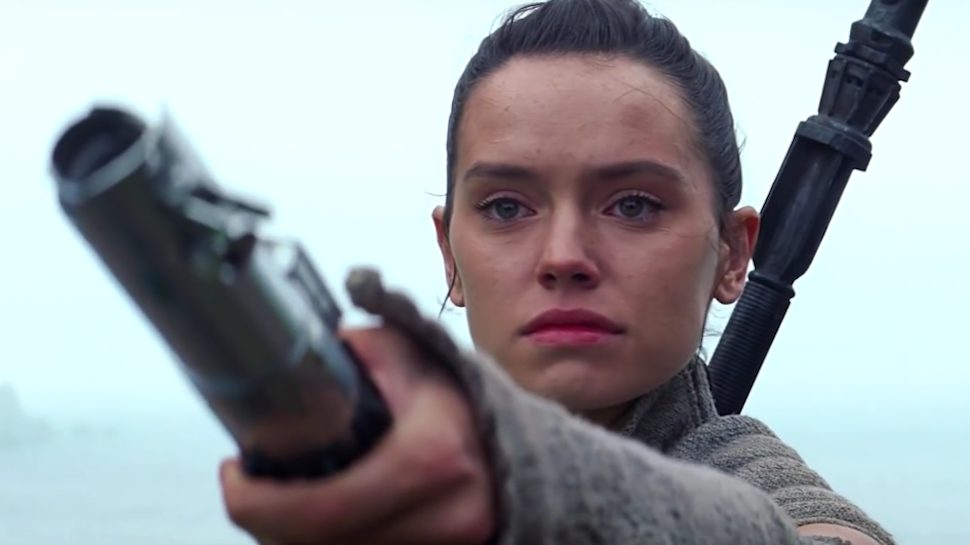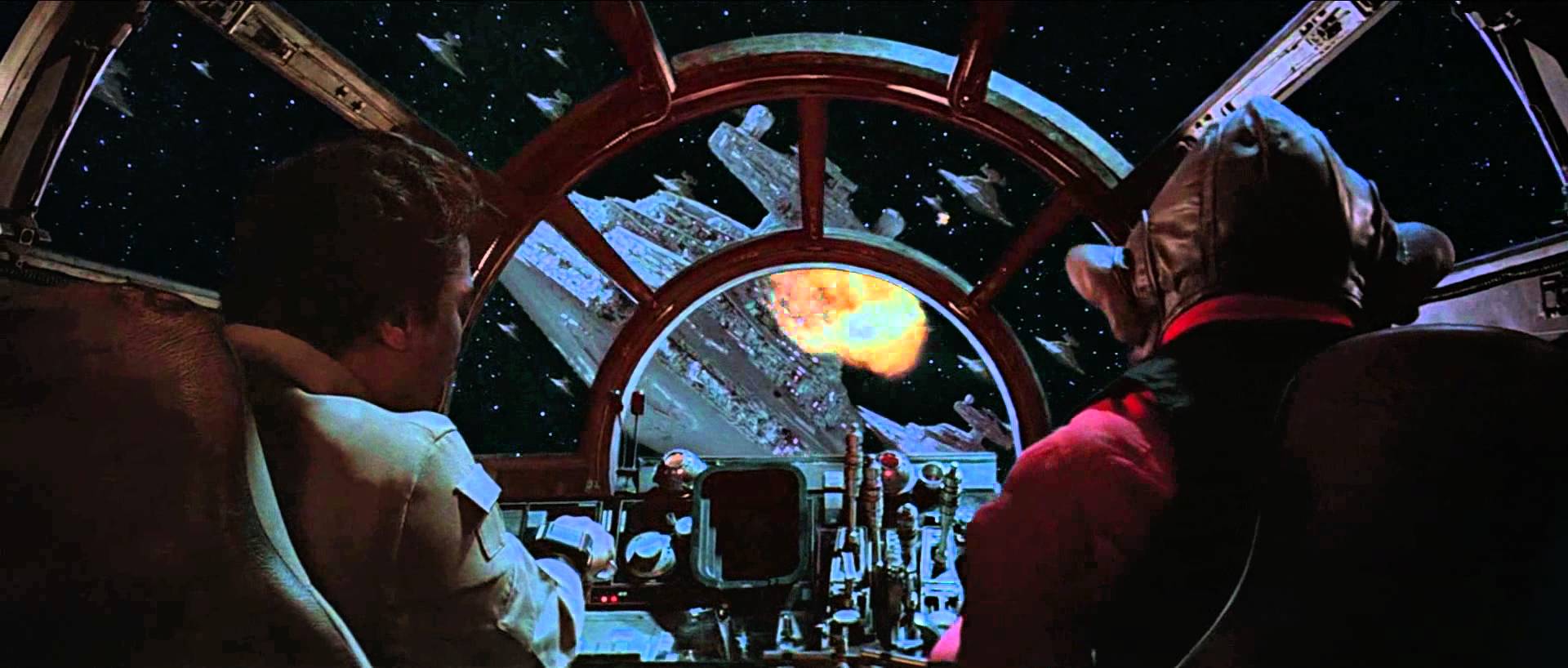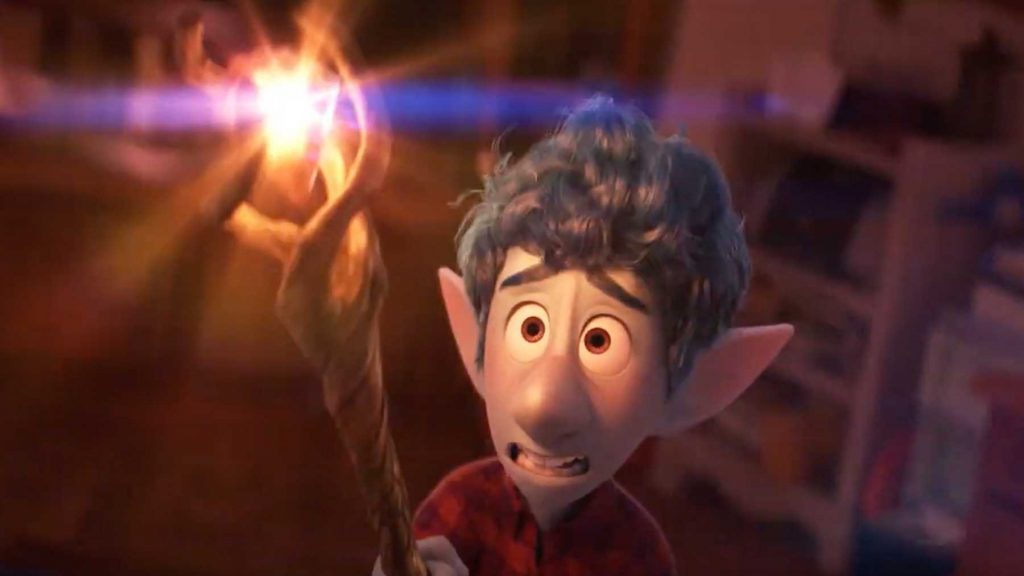
When the first trailer for Onward dropped, I was immediately hit with a flood of questions about how it could possibly share the same universe as all of the other Pixar films from Toy Story to Coco. As soon as I watched the trailer, I had more than a few ideas and predictions, but I of course wanted to wait and see the film for myself before drawing any conclusions. Well, that time has come.
In case you’re new here, The Pixar Theory is a fan project I started back in 2013 in an effort to connect all of the Pixar films through a single, all-encompassing timeline. Since then, the theory has really taken off and I always get a real kick out of the branching theories people come up with and contribute to this site and elsewhere. The idea is simple: every Pixar film, according to this theory, exists in the same universe. Going deeper they share a strong narrative about what it means to be human in a world where anything is possible, including the apocalypse. Fun right?
I published a book called The Pixar Theory in 2015, which fleshed the whole fan theory out in a more meticulous fashion. But a couple of years ago, the book switched publishers, and I went to work revamping the theory into a brand new book that will include plenty more Pixar films, including Inside Out, The Good Dinosaur, Coco, and soon, Onward (maybe Soul, too, which comes out in June).
But I don’t want to keep fans of the theory waiting long. Though I’ll certainly need more time to finalize the Onward chapter of the theory with all of the easter eggs and narrative connections you’d expect, I can at least give a sneak preview right now into where Onward fits in the timeline, plus maybe a few extra details.
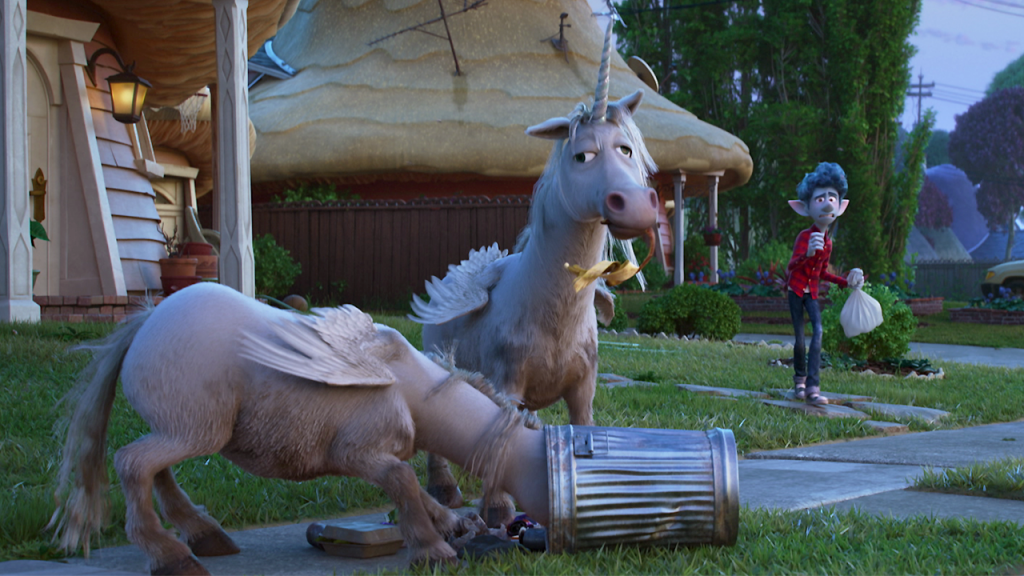
Don’t worry. I’m not spoiling any of the story elements of Onward. If you haven’t seen the movie yet, you can keep reading without having to worry about having any surprises ruined for you. But you will get a sneak peek into the world of Onward and what it’s like on a basic level.
Directed by Dan Scanlon (Monsters University), Onward is about two brothers who go on a quest to find a magical gem that will bring their late father back to life for one, single day. You see, Ian (voiced by Tom Holland) never got a chance to even meet his father, who died right before he was born. His brother Barley (Chris Pratt) only has a handful of memories about their dad, because he too was very young when this tragic event took place.
Here’s the catch. These brothers aren’t human, and the world they live in has more in common with “Dungeons & Dragons” than it does a world like ours today. Ian and Barley are elves, and the opening of the film explains that their world once contained many of the fantasy elements (like magic and dragons) that we’d see in a book written by J.R.R. Tolkien. The big difference is that there are no humans whatsoever in this world, not even in the visual history shown onscreen. And all of these fantastical creatures like unicorns, gnomes, trolls, and centaurs discovered the modern conveniences of electricity and indoor plumbing all on their own, making their world a parallel to the human one of 2020.

The premise is a fun one. We get to see these traditionally old-school fantasy characters living in a modern world with cities, freeways, and themed restaurants. But lurking in the background is a hint of the magic that was once commonplace, only to be replaced by the perceived convenience of lightbulbs and automobiles. Centaurs don’t need to run 70MPH anymore because they have, well, cars.
So…how does this work for a Pixar movie? You might be wondering how it’s possible for a modern version of “Middle Earth” to exist anywhere close to the same one containing superheroes and Andy’s toys. This world has two moons, even! Is it another planet? Another dimension? What’s the deal?
THE DEAL.
Onward takes place in a section of the Pixar Theory timeline we’ve been curious about for years: in between the events of WALL-E and Monsters Inc. (also A Bug’s Life, which is shortly after WALL-E). As you may remember from the original theory, WALL-E ends with the humans of Earth returning home after centuries of being in space aboard the Axiom. While gone, the cars of Cars roamed the planet until running out of fossil fuels. But we’ve had little to go on when it comes to how humans were replaced with “monsters,” the animal-hybrid creatures who have their own modern society allowing them to go back in time to steal human energy (or…magic?) from the emotions of children, as we see in Monsters Inc.
Monsters University shows us that the monsters have been honing their scaring skills since at least 1313, when the university itself was founded. Onward hints at what this time might’ve been like for these diverse creatures, which aren’t very dissimilar to monsters. Remember, the timeline was reset for these creatures at some point in the far future, so 1313 for them would be thousands of years in the future for us.

Simply put, the monsters of Monsters Inc. and Monsters University are part of the same society as the fantasy creatures we see in Onward. In Onward, we only get to know a small corner of this world, and it likely takes place many years before Monsters University, because it still contains many remnants of folklore, like wizards. But the Monsters films show us Monstropolis, which is more similar to a human society with little hint to the past. That’s because their world is more closely influenced by human society, as this is where Monsters Inc. is located, so this part of the world has a close connection to the human world of the past, which may have influenced the customs of this particular city.
For all we know, many of the towns and cities outside of Monstropolis are more similar to the one we see in Onward, which is clearly located closer to where magic was at its strongest. Put another way, Monstropolis resembles America because of its “new world” energy. But in Europe, it’s easier to find historical landmarks closely tied to the legacy of the past, which we see laid out a few times in Onward.
Of course, there are plenty more clues to consider and dissect. We see in Onward that magic does still exist, like the magic we see in Brave, in fact. The elements of the dead coming back to life are an obvious callback to how Day of the Dead works in Coco, and at various points in the movie, you could consider the magical action seen onscreen as something out of The Incredibles. The running theme, however, is that these powers are governed by emotion. In order for elves to perform magic effectively, they have to use their “heart’s fire” as a means of channeling magic. And as we see in the movie, only elves and other humanoid creatures appear to have the ability to use any kind of magic at all, hinting at the possibility that they are in fact the descendants of the humans who were aboard the Axiom and “re-inherited” the Earth.
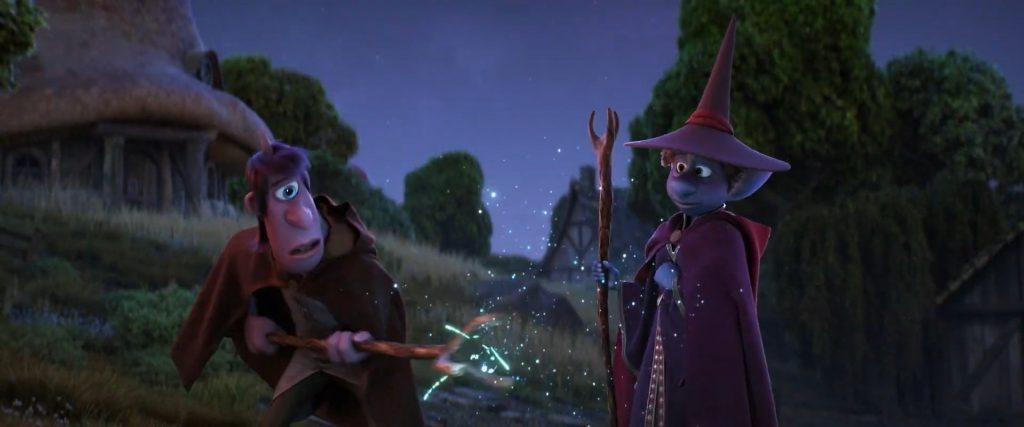
Humans are batteries in the Pixar universe. Their emotions can power toys, cars, and entire cities ( as seen in Toy Story, Cars, and Monsters Inc., respectively) But what happened to them after WALL-E and A Bug’s Life, when there were barely any humans to be found? Well, it’s possible they gradually changed into a new species, or bred into what would eventually be known as elves. And over time, they’d die out all the same, because we learn in Onward that not all elves have “the gift” of using magic. Eventually this ability would apparently disappear completely, forcing “monsters” to go back in time to harvest the energy needed to power their world. Perhaps these creatures evolved into scary monsters out of necessity, because it would be the only way for them to effectively scare children for centuries, weeding out all of the “nice-looking” creatures in favor of the scarier ones.
That’s not to say some of the creatures of Onward are helpless unless they have some connection to the humans of the past. Dragons breathing fire and pixies being able to fly can be easily compared to the heightened abilities of some monsters, like Randall, who can turn invisible. But when it comes to outright magic, the source always seems to come back to humans.
There’s a lot more to figure out with Onward, like why there are two moons, as opposed to just one. I have a few theories about this, but I’d like to see the film a couple more times to finalize my thoughts on how this is possible. It’ll also be fun to revisit the Monsters Inc. movies to find more direct comparisons between the world of Onward and the one where we meet Mike and Sulley. I’ll also be scouring the film for more easter eggs and cameos revealing all of the clues we’ve come to expect from these movies, so please stay tuned for the new and improved book, The Pixar Theory. I promise it’ll be worth the wait.
Before we part, I definitely want to praise the incredible work of Dan Scanlon and the fine folks at Pixar who did an incredible job making Onward. It’s as wonderful and heartwarming as many of Pixar’s other recent work, like Inside Out and Coco. The core message of the film pertains to brotherhood and how memories carry us through tragedy and toward the adventures of the future. I hope you all like crying in public, because yes, this is another Pixar tearjerker. I simply can’t wait to see it again and again.
Thanks for reading this. Be sure to say hey on Twitter: @JonNegroni
All images courtesy of Disney/Pixar






